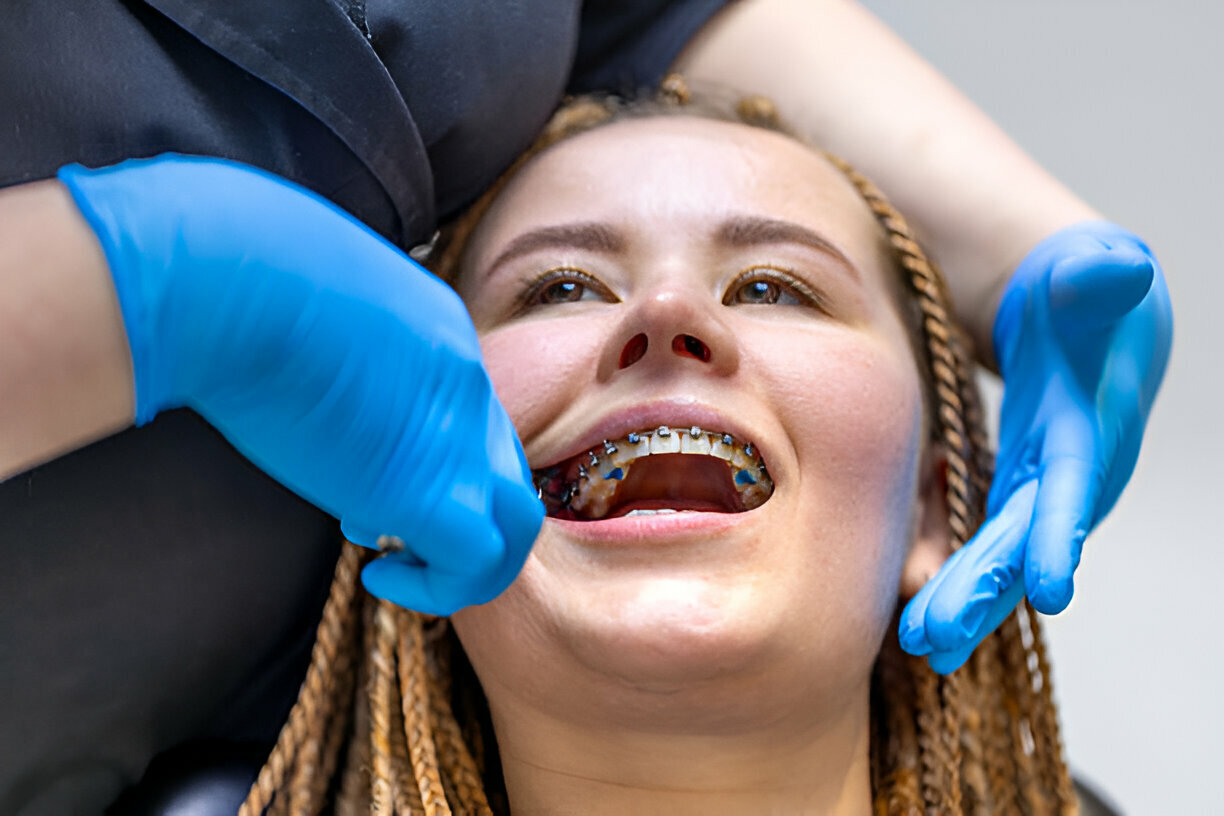1. INTRODUCTION
Losing baby teeth during childhood is a normal part of growing up. But when adults start losing teeth, it can be a serious dental problem called edentulism. This condition refers to having no teeth or no teeth. While many people think it only happens in old age, edentulism can affect people of any age. In some cases, tooth misalignment can also contribute to oral health issues, and treatments like Invisalign may help prevent further complications. It can make it difficult to eat, speak clearly, or smile with confidence.
2. WHAT IS EDENTULISM?
Edentulism is the medical term for tooth loss. There are two main types:
- Partial edentulism – when a person is missing some teeth but still has others.
- Complete edentulism – when a person’s teeth are completely gone.
Both types can cause problems with chewing food, speaking properly, and overall dental health.
3. WHAT CAUSES EDENTULISM?
Tooth loss can happen for many reasons, and understanding the causes can help you prevent it. Some of the most common reasons include:
- Poor oral hygiene: Plaque and bacteria can accumulate on your teeth if you don’t brush and floss on a regular basis. This can lead to gum infections, tooth decay, and eventually, tooth loss.
- Periodontal (gum) disease: This is a serious infection that damages the gums and the bone that supports the teeth. The teeth may get loose and fall out if treatment is not received.
- Injury or trauma: Accidents or injuries to the mouth can also lead to tooth loss.
- Tooth decay: Cavities can cause tooth damage that necessitates extraction if left untreated.
4. TREATMENTS FOR EDENTULISM
The good news is that there are many dental treatments available to help people who suffer from edentulism. These treatments can restore your smile and make it easier to eat and talk.
- Dentures: These are removable artificial teeth that fit over your gums. Partial dentures can replace a few missing teeth, whereas complete dentures can replace every tooth. They are created specifically to fit the contours of your mouth.
- Dental implants: Implants are small metal posts that are surgically placed into your jawbone. They act like tooth roots and support artificial teeth, usually dental crowns. Implants are strong and look like natural teeth. They are a long-term solution but may require healthy gums and enough bone for support.
5. CONCLUSION
Edentulism is a common dental issue that can affect your health and confidence. However, with proper dental care and modern treatments like dentures and implants, it’s possible to restore both function and appearance. Brushing, flossing, and visiting the dentist regularly can help prevent tooth loss. If you are already dealing with edentulism, don’t worry—there are effective ways to treat it and bring back your smile.


